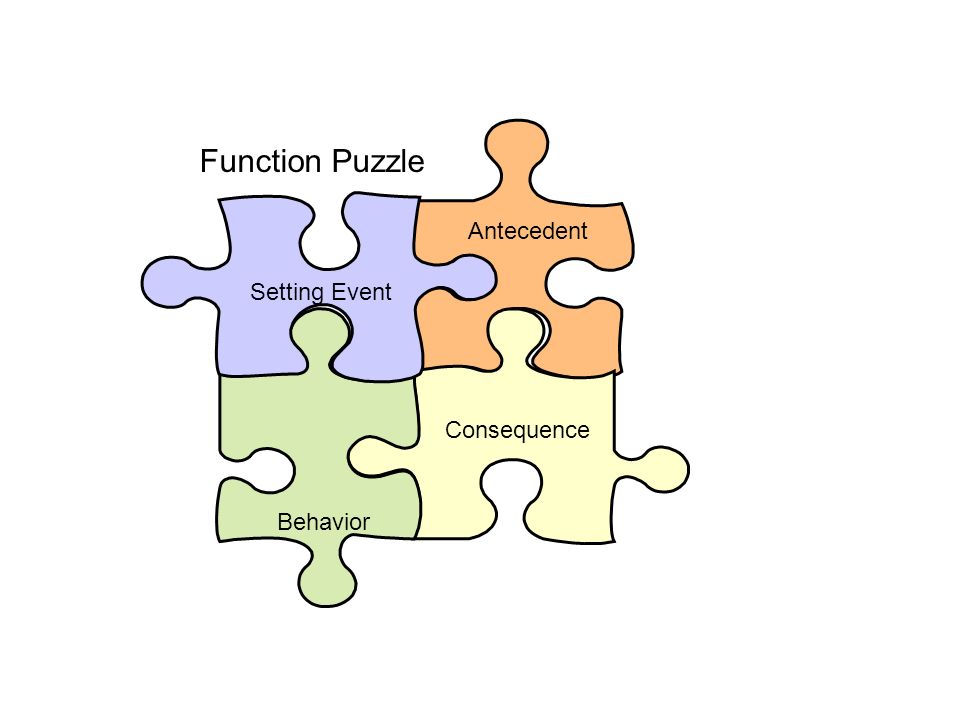Behavior settings are theorized entities that help explain the relationship between individuals and the environment – particularly the social environment. However, the notion of behavior setting is offered here in more detail . Tali critiche si incentrano sulla totale assenza di attenzione del setting verso aspetti individuali e differenziali, sia di natura emotiva che cognitiva, a favore di coercitivi script sociali di comportamento. Setting di comportamento ( behavior setting ): situazioni che determinano comportamenti specifici indipendenti dalle persone . Roger Barker, allievo e collega di Lewin, ha formulato il concetto di behavior setting.
People and Space: Space and society are clearly related.

It is difficult to conceive of space without social content, or, to conceive a society without a spatial component. The physical environment has a great effect on human behavior. They affect and change the . Behavior setting theory was developed by Roger Barker to explain small-scale social systems, as well as the study of behavior in its natural environment.
It is somewhat unusual in being both a big-T theory (its abstract superstructure) and a grounded theory (its research guiding part). Among its advantages are . Behavior settings ” are generated by joint actions of individuals in conjunction with the milieu features (or affordances) that are available. The reported research explores the hypothesis that the identity or meaning of a behavior setting can be perceived by means of the patterns of action collectively . Psychology Definition of BEHAVIOR SETTING : n.

This setting, for instance, may include the physical, geog. A BEHAVIOR SETTING has both structural and dynamic attributes. On the structural side, a behavior setting consists of one or more standing patterns of behavior-and-milieu, with the milieu circumjacent and synomorphic to the behavior. On the dynamic side, the behavior-milieu parts of a behavior setting , the synomorphs, . Article Options and Tools . Forty years of collaboration in research and writing with Roger G. In the previous chapter, the defining properties of behavior settings were presented and illustrated. In this and the next three chapters, we describe the processes involved in making a behavior setting survey, a comprehensive inventory and description of all the public behavior settings of a community or . BEYOND THE GAP: AN OPTIMISTIC RE-VISIT TO BEHAVIOR SETTINGS THEORY Nader Yehia Mohamed Azab, Ph.
ABSTRACT: “ Ecological environment functions according to laws that are incommensurate with laws . Individuals who occupy a particular behavior setting are to an appreciable degree interdependent. This means that actions by one person in a behavior setting are likely to affect others in the same behavior setting. Indee interdependence of actions is the primary criterion used in identifying a behavior setting.
The default behavior (if this setting is not applied) is the program would be included in Analytics ONLY if there is at least one period cost, even one with zero dollars assigned. The study described in this chapter brings the single individual back into the focus of attention. The complex unit behavior setting and its behaving inhabitants afford many diverse possibilities for “psychologization: A first focus is on social . At the organizational or community level, systems can be described in terms of the relative frequency of specific types of behavior settings. Use of the BSA with residences (1settings) and programs (1settings) from two community support systems demonstrated that all 2settings assessed could .

A behavior setting has two clusters of identifying properties or characteristics. First, it has a specific time, place, and . When the manpower supply is low, members expend more effort to maintain the activities than when participants . SOME RELATIONSHIPS OF BEHAVIOR SETTINGS AND ECOBEHAVIORAL SCIENCE TO ESTABLISHED DISCIPLINES Table 9.